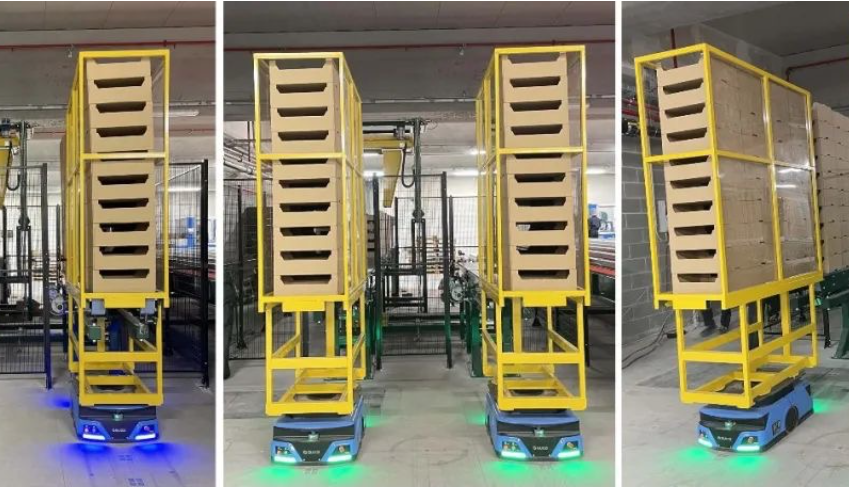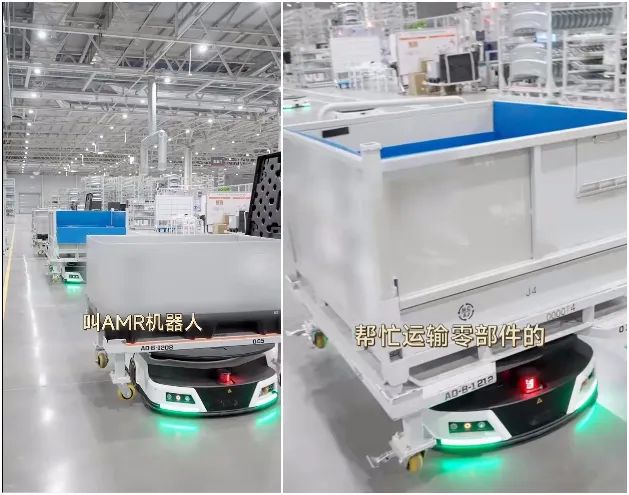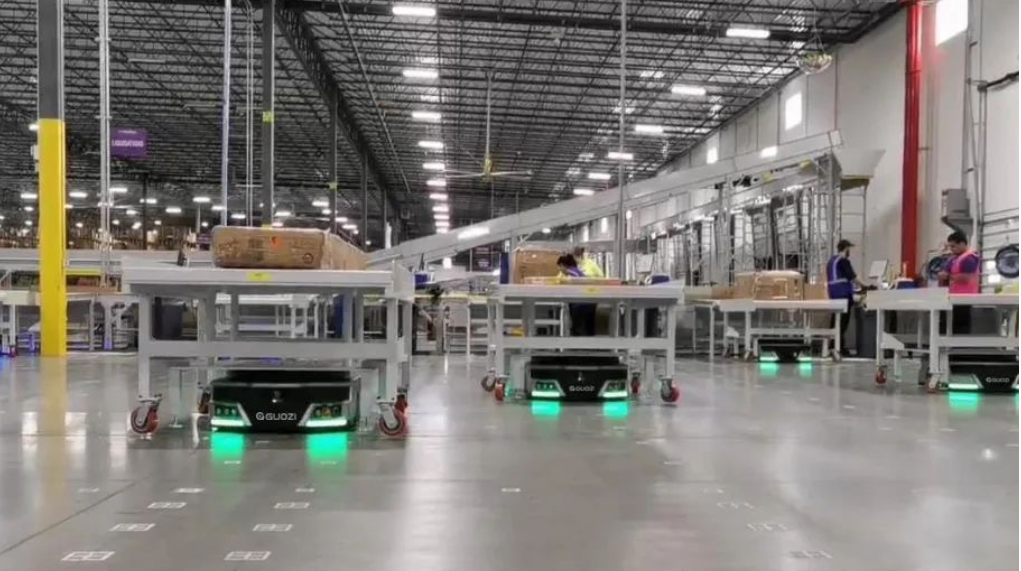As the global demand for renewable energy continues to grow, the new energy industry is rapidly expanding. In this process, robot handling technology has become a key factor in improving production efficiency and reducing costs. This article will delve into the application, challenges, and development trends of new energies robot handling technology, providing valuable insights for industry development.
I. The Development of New Energy Industry and the Demand for Robot Handling Technology
1. Overview of the New Energy Industry
The new energy industry encompasses solar energy, wind energy, biomass energy, and other sectors. Its development is significant for achieving energy structure transformation and reducing environmental pollution. With technological advancements and market demand expansion, the new energy industry is increasingly in need of production automation.
2. The Role of Robot Handling Technology
In the new energy industry, robot handling technology is primarily used for material handling, component assembly, product inspection, and other processes. It can effectively improve production efficiency, reduce human errors, and decrease labor intensity.
II. Application Scenarios of New Energies Robot Handling Technology
1. Solar Panel Production
In the production line of solar panels, robot handling systems can automatically handle the picking and placing of silicon wafers, the assembly, and handling of panels, significantly increasing production speed and precision.
2. Wind Turbine Component Assembly
The components of wind turbines, such as blades and towers, are large and heavy. Robot handling systems can accurately assemble these components, ensuring assembly quality and efficiency.
3. Electric Vehicle Battery Assembly
In the assembly line for electric vehicle batteries, robot handling systems can precisely handle and assemble battery cells, improving the production efficiency of battery modules.
III. Challenges in New Energies Robot Handling Technology
1. Technical Difficulties
The diversity and complexity of new energy products pose higher demands on robot handling technology, such as accuracy, stability, and adaptability.
2. Safety Issues
Ensuring the safety of operators and equipment during robot handling is crucial. This requires the robot system to have advanced safety monitoring and emergency response capabilities.
3. Cost Control
Cost control is vital for the competitiveness of new energy projects. Therefore, reducing the cost of robot handling systems has become a significant challenge for the industry.
IV. Development Trends in New Energies Robot Handling Technology
1. Intelligent Upgrades
With the integration of artificial intelligence, robot handling systems will become smarter, capable of autonomously adapting to different production environments and task requirements.
2. Networked Collaboration
Through the Internet of Things, robot handling systems can achieve data exchange and collaborative work with other devices, improving the overall efficiency of the production line.
3. Human-Robot Collaboration
Future robot handling systems will place greater emphasis on human-robot collaboration, enabling robots to better assist human workers and enhance production flexibility.
New energies robot handling technology is a key driver in the development of the new energy industry. Facing challenges, the industry needs to continuously innovate and enhance the intelligence, networking, and human-robot collaboration levels of robot handling technology. With ongoing technological progress, new energies robot handling will play an even more significant role in realizing the dream of green energy.








